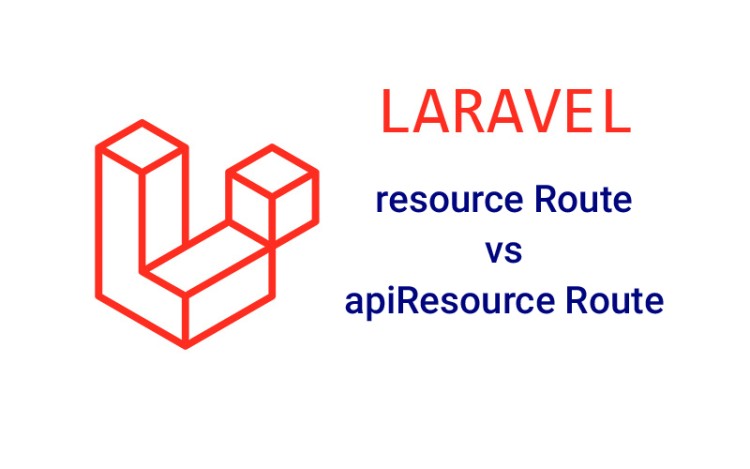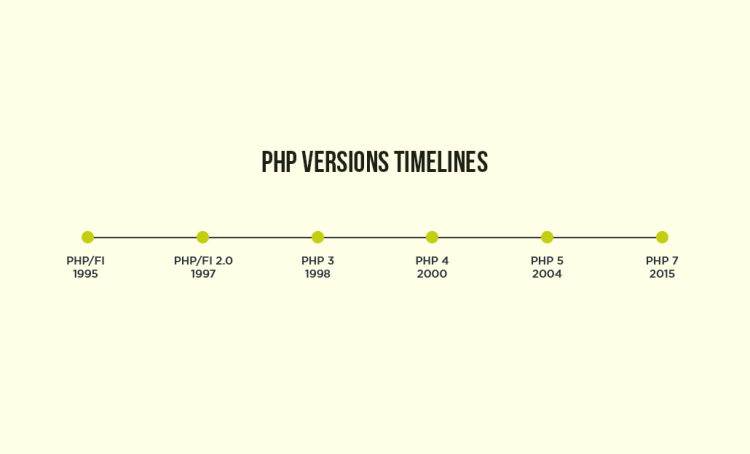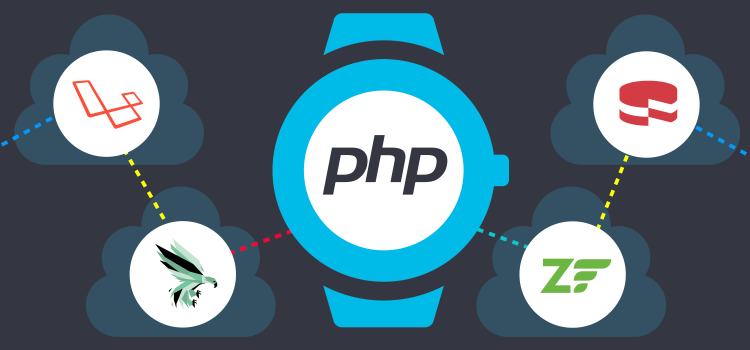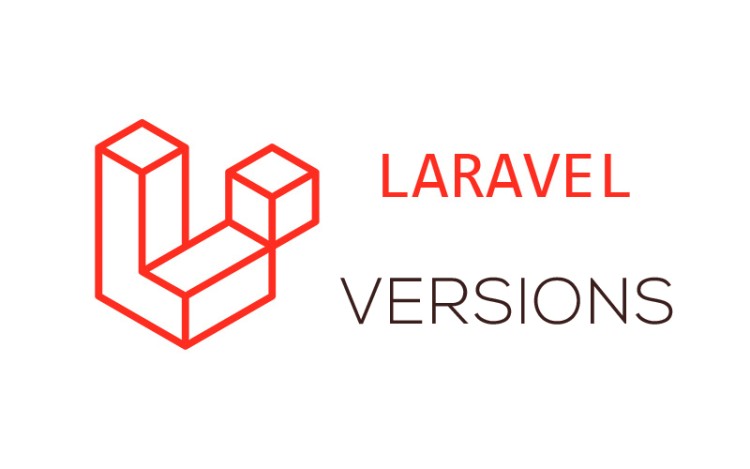Laravel Resource Route vs ApiResource Route

In Laravel, there are two main types of routes: resource routes and apiResource routes. Resource routes are used to create CRUD (Create, Read, Update, Delete) routes for a given model. ApiResource routes are a subset of resource routes that are specifically designed for APIs.
Resource Routes
Resource routes are created using the Route::resource method. This method takes two arguments: the name of the route and the class name of the controller that will handle the requests. The controller class must implement the Illuminate\Routing\Controller interface and must have methods for each of the CRUD actions.
For example, the following code creates a resource route for the users model:
Route::resource('users', 'UserController');
This route will create the following routes:
GET /users
POST /users
GET /users/{user}
PUT /users/{user}
DELETE /users/{user}
The UserController class must have methods for each of these actions. For example, the following code shows the index method for the UserController class:
public function index()
{
// Get all users
$users = User::all();
// Return the users
return view('users.index', compact('users'));
}
ApiResource Routes
ApiResource routes are created using the Route::apiResource method. This method is similar to the Route::resource method, but it does not create the create and edit routes. This is because these routes are not typically used in an API context.
For example, the following code creates an apiResource route for the users model:
Route::apiResource('users', 'UserController');
This route will create the following routes:
GET /users
POST /users
GET /users/{user}
PUT /users/{user}
DELETE /users/{user}
The UserController class does not need to have methods for the create and edit actions. However, it is still a good idea to have methods for these actions in case you need to create or edit users in the future.
Which Type of Route Should You Use?
The type of route you should use depends on the context in which you are using it. If you are creating a web application, then you should use resource routes. If you are creating an API, then you should use apiResource routes.
Here is a table that summarizes the differences between resource routes and apiResource routes:
Deciding between resource routes and API resource routes depends on the specific requirements of your application. Here are some considerations to help you make the right choice:
a) If you're building a traditional web application that requires full CRUD functionality and adheres to RESTful principles, resource routes are a suitable choice.
b) If you're building an API-centric application that primarily serves JSON responses and follows a more specialized API structure, API resource routes provide a focused and standardized approach.
c) It's worth noting that Laravel allows you to mix both types of routes within the same application. You can leverage resource routes for web-facing routes and API resource routes for API-specific routes, providing flexibility and consistency across your project.
Advantages of Resource Routes:
a) Concise and intuitive: Resource routes encapsulate the common CRUD operations within a single line of code, reducing the verbosity of route definitions.
b) Standardized RESTful conventions: Resource routes adhere to RESTful API conventions, making it easier to build APIs that follow best practices.
c) Named routes and route parameter binding: Laravel's resource routes automatically generate named routes and bind route parameters, simplifying the process of linking routes to actions in controllers.
Advantages of API Resource Routes:
a) Consistent API response structure: API resource routes provide a standardized JSON response structure, including metadata such as links, pagination, and resource identifiers. This simplifies client-side consumption and enhances API discoverability.
b) Explicit route declaration: With API resource routes, developers need to explicitly specify the routes they want to expose, promoting a more controlled and focused API surface.
c) Exclusion of unnecessary routes: API resource routes exclude certain routes that are not typically required in API scenarios, such as create and edit routes. This results in a cleaner and more concise set of routes for API controllers.
Conclusion:
Laravel's routing system offers two powerful options—resource routes and API resource routes—for building RESTful APIs. Resource routes provide a concise and intuitive way to define CRUD routes, while API resource routes focus on API-centric development and deliver standardized JSON responses. By understanding the similarities and differences between these routing methods, developers can choose the most appropriate option based on their project requirements. Whether you opt for resource routes or API resource routes, Laravel's routing system provides the flexibility and tools to create robust and scalable applications.
I hope this blog post has helped you to understand the difference between Laravel resource routes and apiResource routes.










